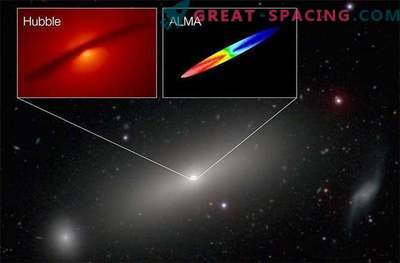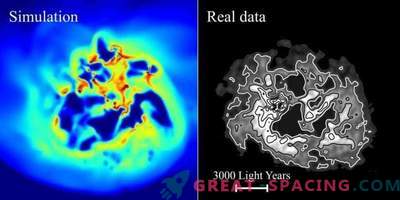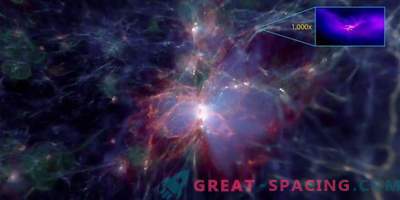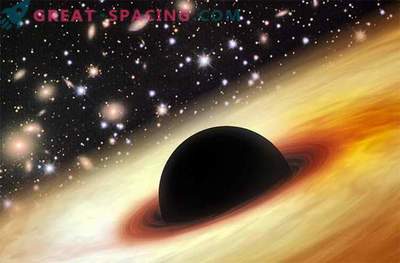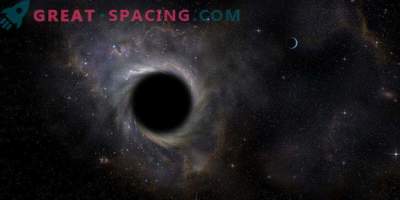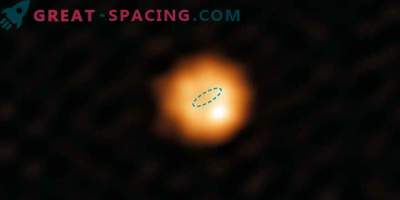
It has long been believed that the size of a supermassive black hole in the core of a galaxy is closely related to the number of stars that the galaxy contains, but this may not be the case.
Each galaxy is located inside a massive cocoon of dark matter, an invisible substance, which is believed to be about 85 percent of the mass of all matter in the universe. The larger the galaxy, the larger the cocoon. The stars that we see in one galaxy or another make up only a tiny fraction of the total mass of the galaxy. Dark matter cocoons can spread hundreds of thousands of light years away from the visible galactic border.
Therefore, visible stars and gas in the galaxy can be considered simply as a “sleeve” of the galaxy. The rest of the “wheel” extends far into the intergalactic space, but since it consists of dark matter that does not interact with electromagnetic radiation (light), it cannot be seen.
Although astronomers have known about these cocoons for some time, their gravitational effects on the visible part (stars, planets, gas) inside galaxies are still poorly understood. But now, the influence of dark matter on the evolution of a black hole is under the scrutiny of scientists. "As it turned out, there is a mysterious connection between the amount of dark matter in the galaxy and the size of its central black hole," said lead author Akos Bogdan from the Harvard-Smithsonian Center for Astrophysics, Cambridge.
The Bogdan team is exploring more than 3,000 elliptical galaxies, most of which contain supermassive black holes in their centers. Scientists tried to calculate the masses of these black holes, depending on the speed of the stars around these monsters.
Then, in order to measure the total dark matter mass of these galaxies, the researchers observed x-rays generated by the hot gas of the galaxies. A galaxy with a hotter gas has a more massive halo.
Thanks to this information, the researchers were able to conclude that there is a close relationship between the amount of dark matter halo and the mass of the central black hole. This dark matter correlation is much stronger than the ratio between the number of stars and the mass of a black hole.

